Summer feels like it is never quite long enough, especially as we pull out our boots and warm footwear and pack away our summer shoes. Just because we are months away from sandal season doesn't mean we aren't already dreaming of our next pair of these fun and strappy shoes, while we imagine feeling the sun on our toes.
However, making sure you have a pair that will work with your feet can be different than with regular shoes.
So, how should sandals fit?
Well, here is a handy guide to make sure you get the cutest and best-fitting sandals.
Flipflops or Sandals
The first thing you need to think about when buying warm-weather shoes is this: are they going to be flip flops or sandals? And no,
they aren't the same thing!
There are many small differences. If a strap goes between your big toe and the one next to it, with a band going over your instep, then that is a flip flop. However, the big difference is ankle support. If there is any sort of ankle strap, it is a sandal.
While there may be other factors that separate the two, these are the big ones. Now that we have that sorted, let's dive into how sandals fit, shall we?
The Sole of the Shoe
This is easily the most important thing to look at when you are buying sandals: you need to make sure they are as wide as your feet. This way you will have the proper support and aren't risking
rolling your ankle due to your balance being off because you aren't wearing a wide enough shoe.
Another thing to be aware of is how thick the sole is. This will determine how comfortable they will be if you plan to walk in them all day long. The thicker the sole, the more shock absorbent they will be, making them better for sightseeing and all-day wear.
The Long and the Short of It
It is strange how often you see people wearing sandals that are clearly too short for their feet. Would you buy shoes that are too small? Probably not, yet others purchase sandals with their toes or heels hanging over the edge, offering no support at all.
Not only does it look strange and slightly painful, but it's easy to hurt yourself or end up with tons of blisters. So when trying on sandals, make sure your feet fit comfortably in them, with nothing hanging over. You may even want to leave a little extra room because feet expand as the day wears on.
Adjustable Straps
Having straps that you can adjust means the fit, especially around the ankle, is going to be better than if they are stationary. So, look for sandals with buckles or velcro that can be adjusted to fit your ankle and instep.
Even if the material softens over time, they will still support and help keep your feet safe in the shoe. Plus, they add a bit of stability to make sure you don't wobble when you walk.
Arch Support
This is important if you suffer from plantar fasciitis, fallen arches, and plenty of other painful foot conditions. So, making sure the sandals you are buying have
plenty of arch support is important to make sure you aren't making any of these conditions worse or developing them.
To get the best results and the most support is to ensure they have an arched contour. This will give you the best support possible and make sure you aren't straining either of the arches in your foot.
How To Try On A Sandal
Trying on sandals is a little different than trying on regular shoes. There are some tricks to make sure you get the perfect fit and a comfy pair you can wear all day. Here is how to try on a sandal.
First, make sure you aren't wearing sock or stockings, because when you wear your new sandals, you are going to be barefoot. Next, try and flex the fabric a little. This will help you see how easy breaking them in will be, and how well the material is going to move with your foot.
Next, open all the straps, untie all the ties, and unbuckle all the buckles. The reason you want to do this is to ensure you are able to adjust them to your feet. Then, slide your foot into the sandal and double-check that your heel isn't hanging over the back and your toes aren't over the front.
Then start to fasten, tie, and buckle everything back up. When doing this it is important to remember that your feet slightly swell during the day. So, unless you are trying the sandals on later in the day, leave a little room for your feet to expand.
Walk around a bit. A well-fitting pair of sandals shouldn't flop around or slide when you are wearing them. They should feel secure and stable.
One final bit of advice: if you are prone to having sweaty feet, look for sandals made from natural breathable fibers such as canvas, rope, or cotton. Faux-leather and plastic will make the sweating worse and cause you to slide in your shoes, potentially causing injury.
Figuring Out How Should Sandals Fit Is Easy
While it may seem a little daunting at first, once you get the hang of how should sandals fit, it is easy to get as many cute, strappy sandals as your heart can handle.
For more inspiration on how to find the perfect pair of summer footwear,
check out our blog.

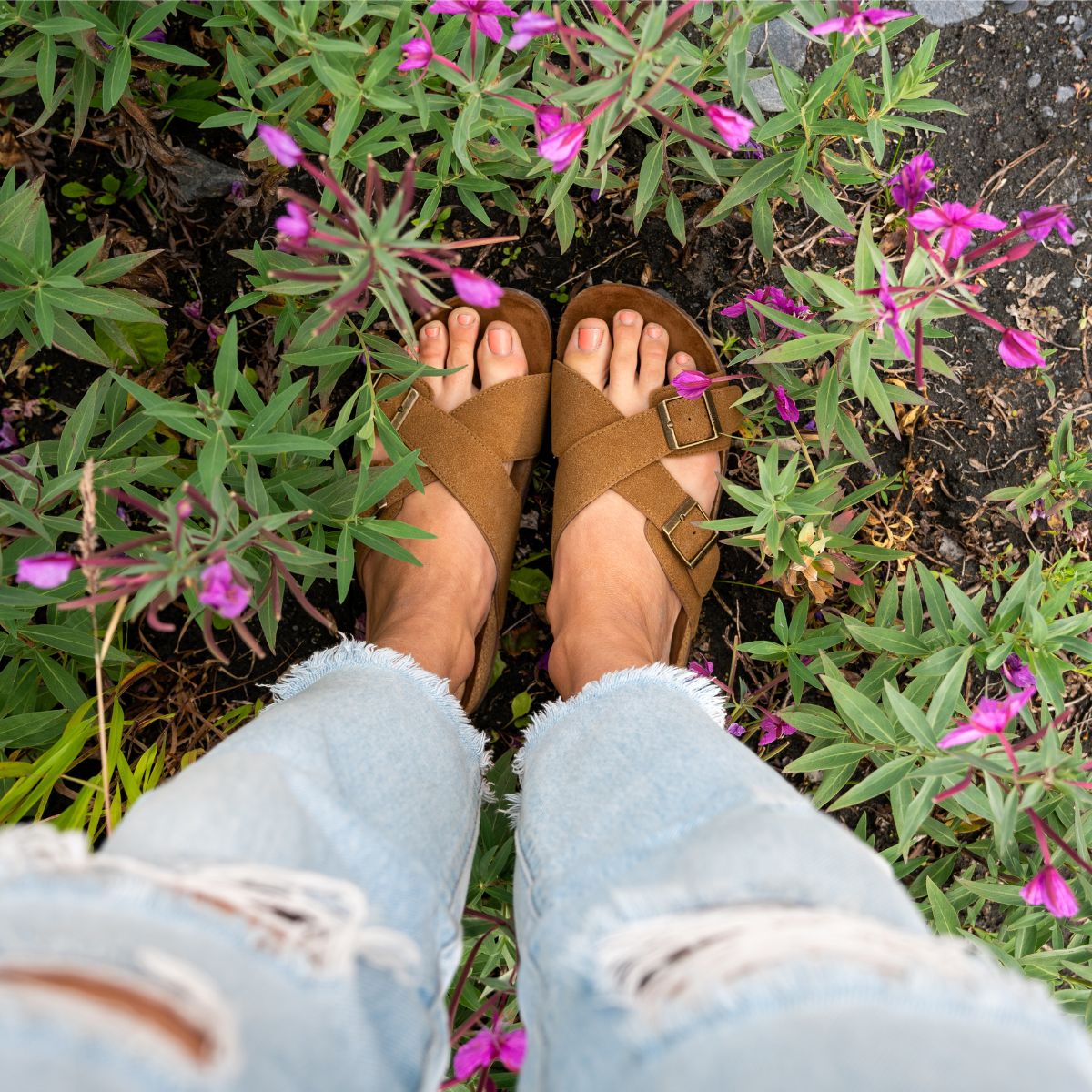
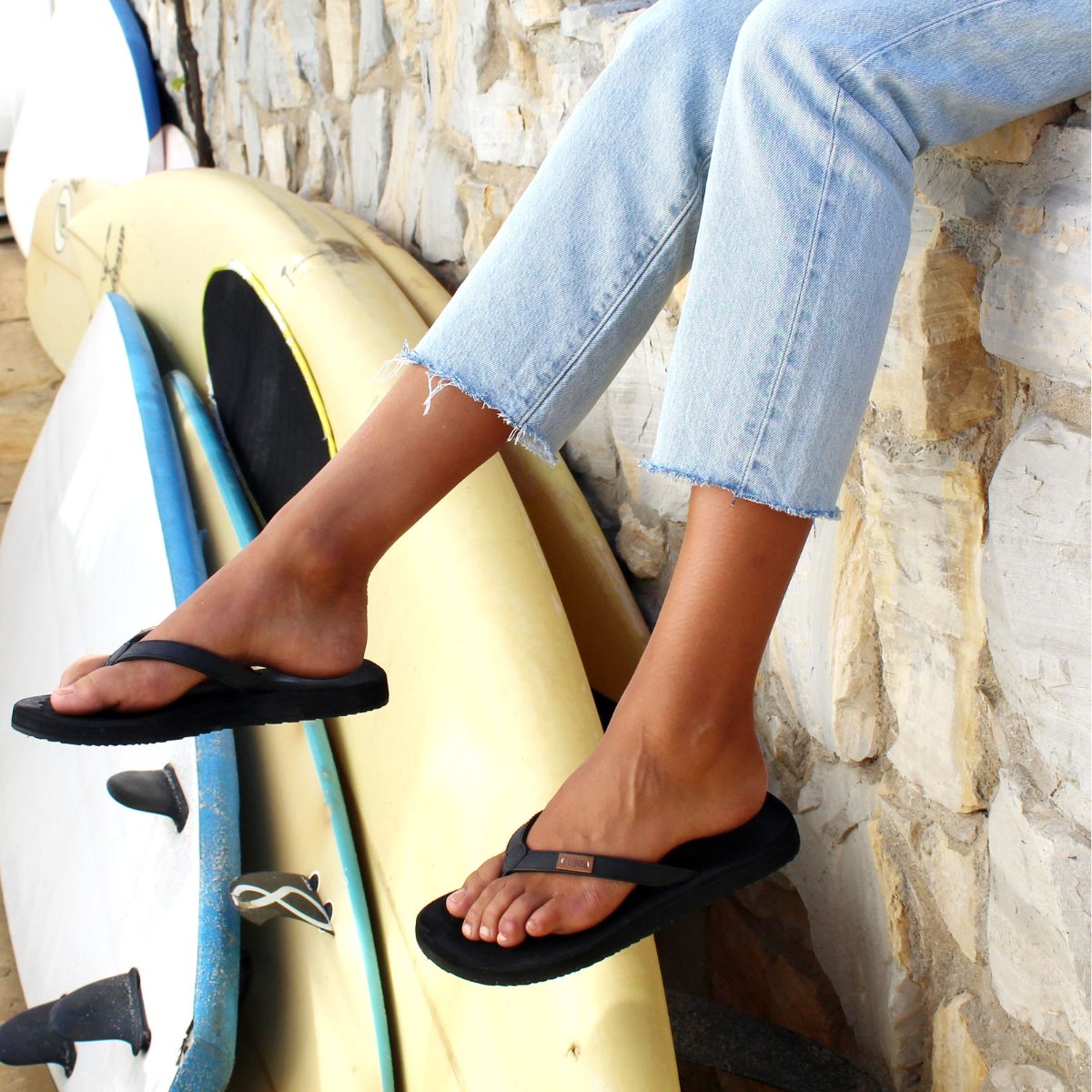
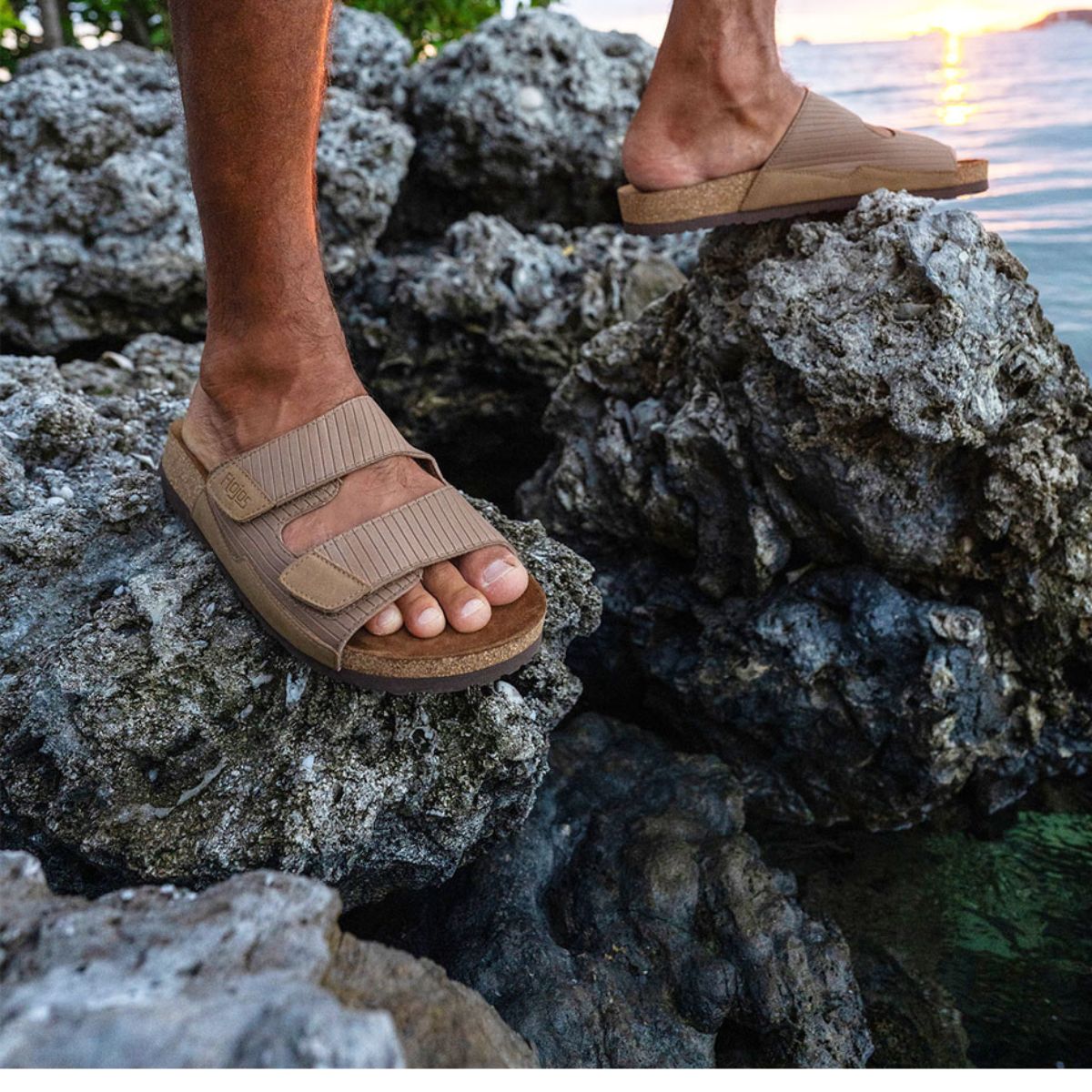
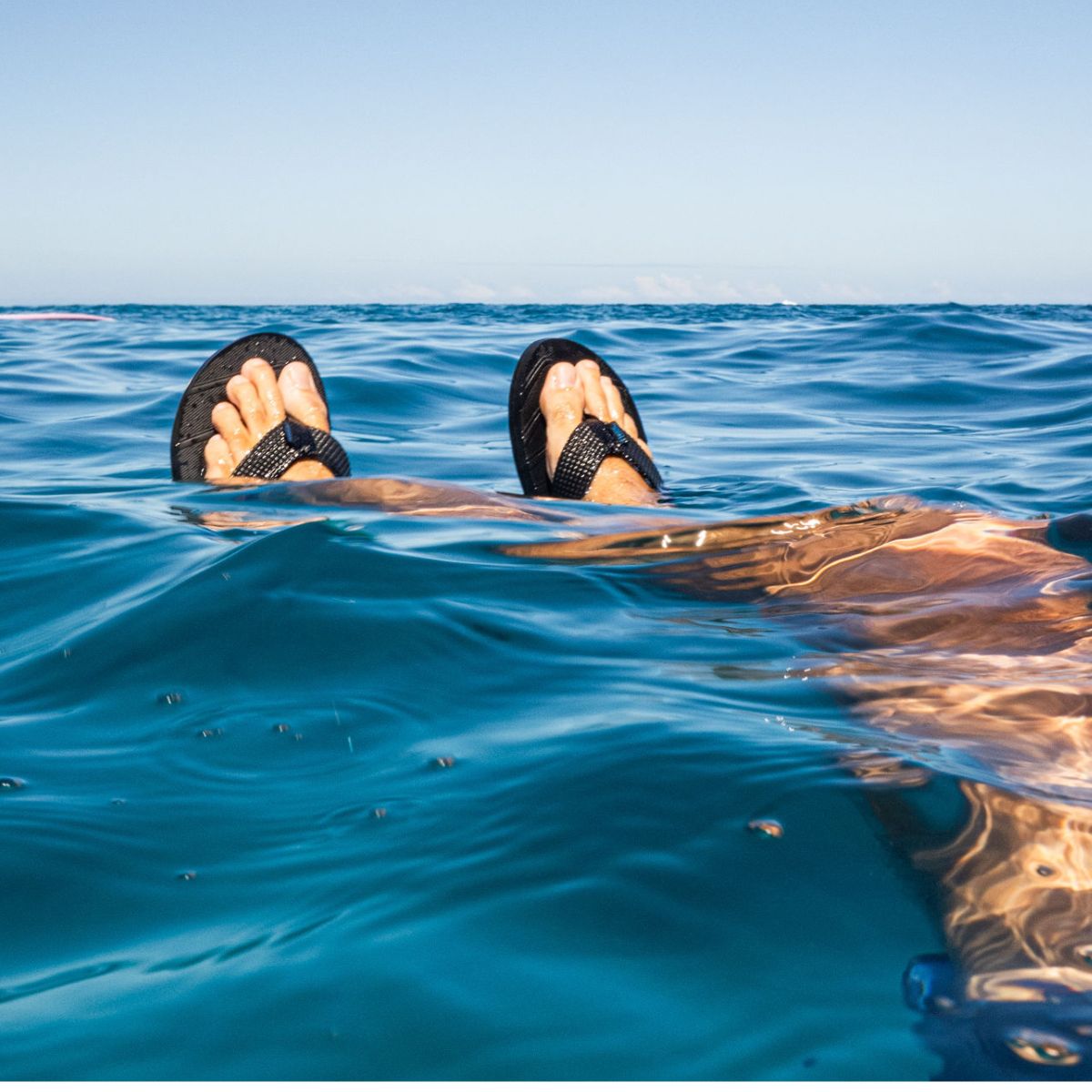
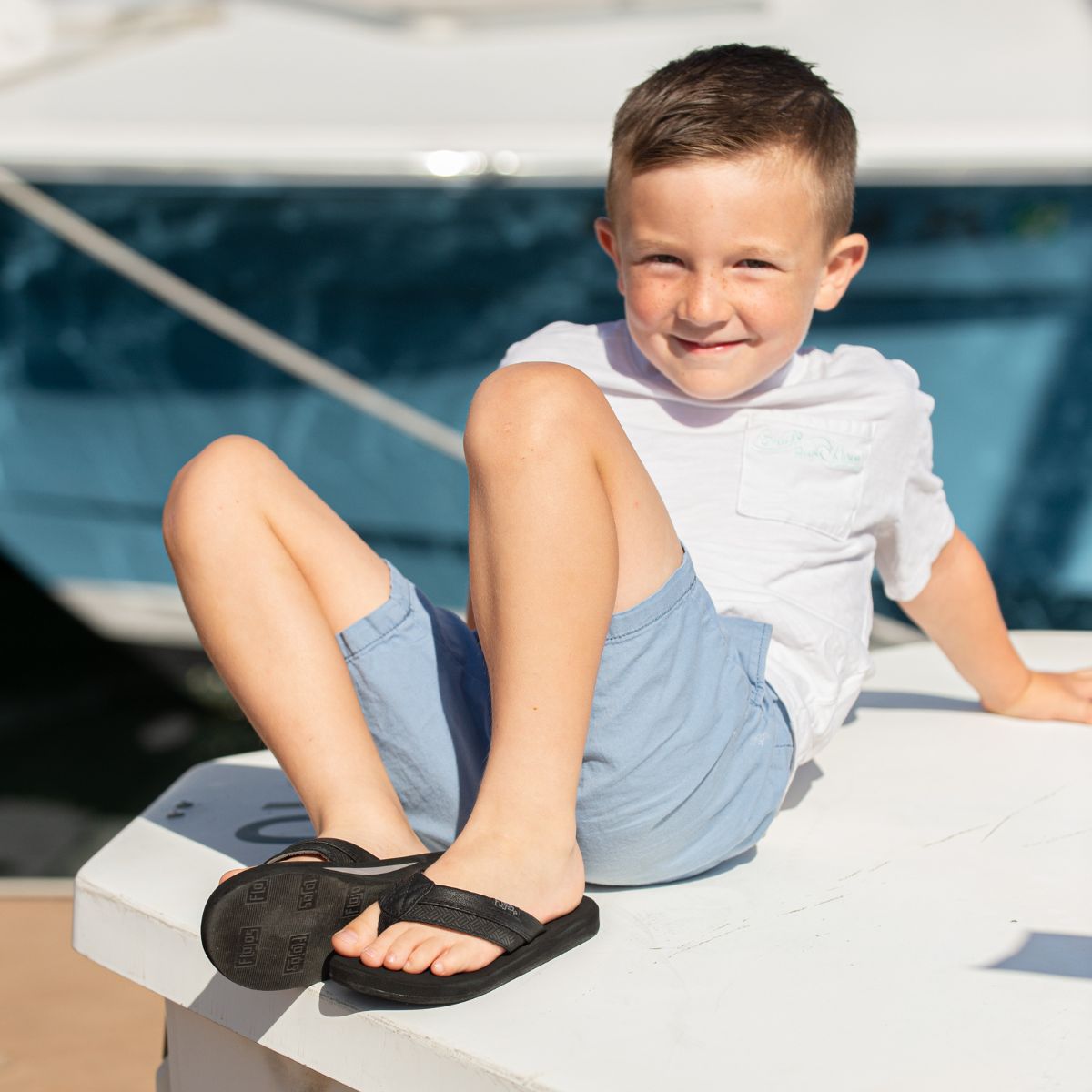



Laisser un commentaire
Ce site est protégé par hCaptcha, et la Politique de confidentialité et les Conditions de service de hCaptcha s’appliquent.